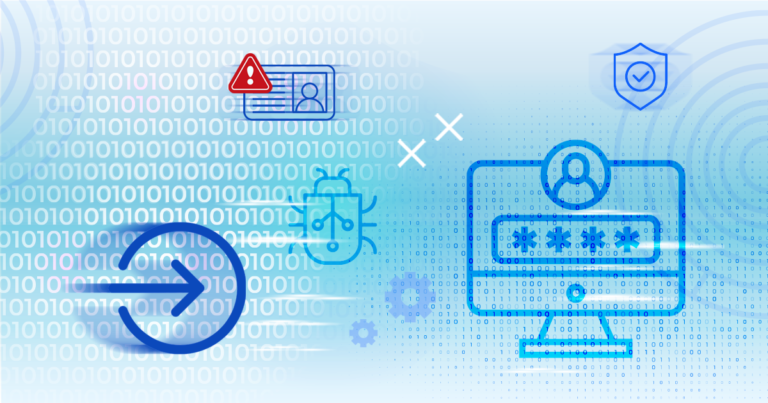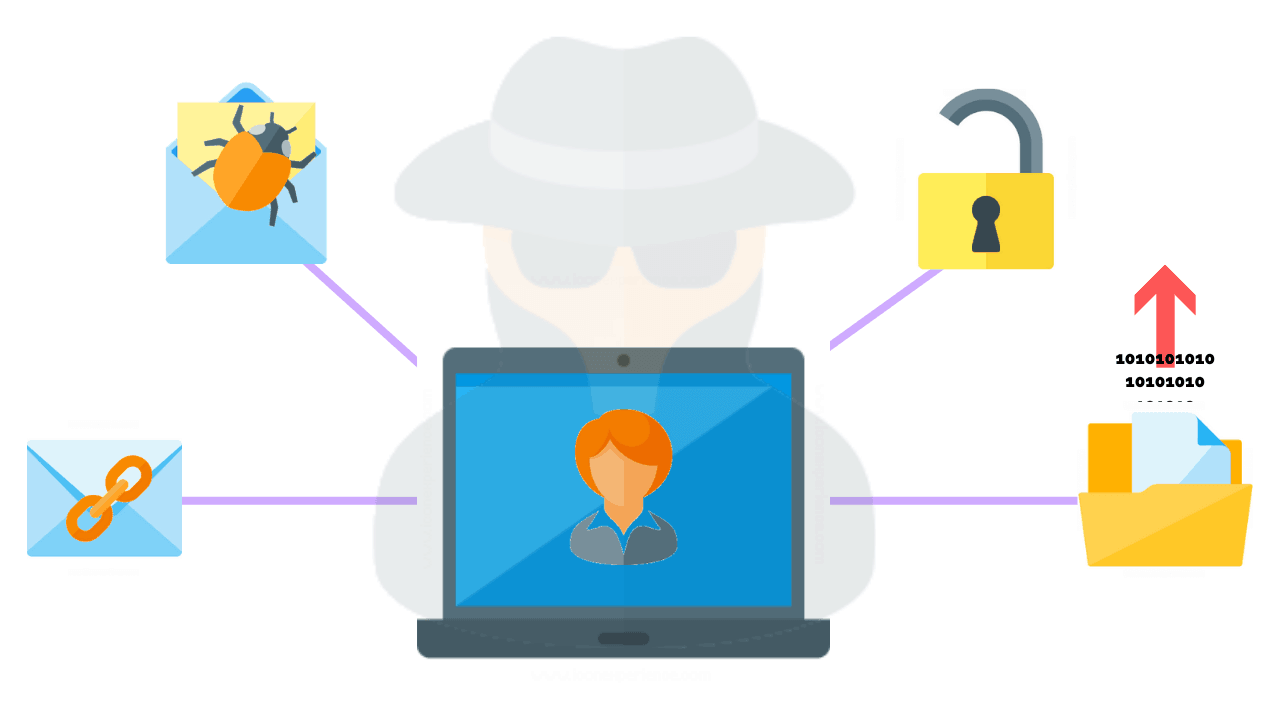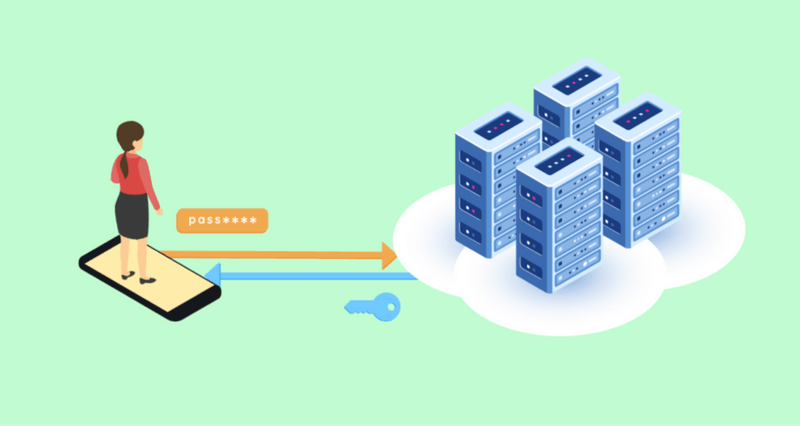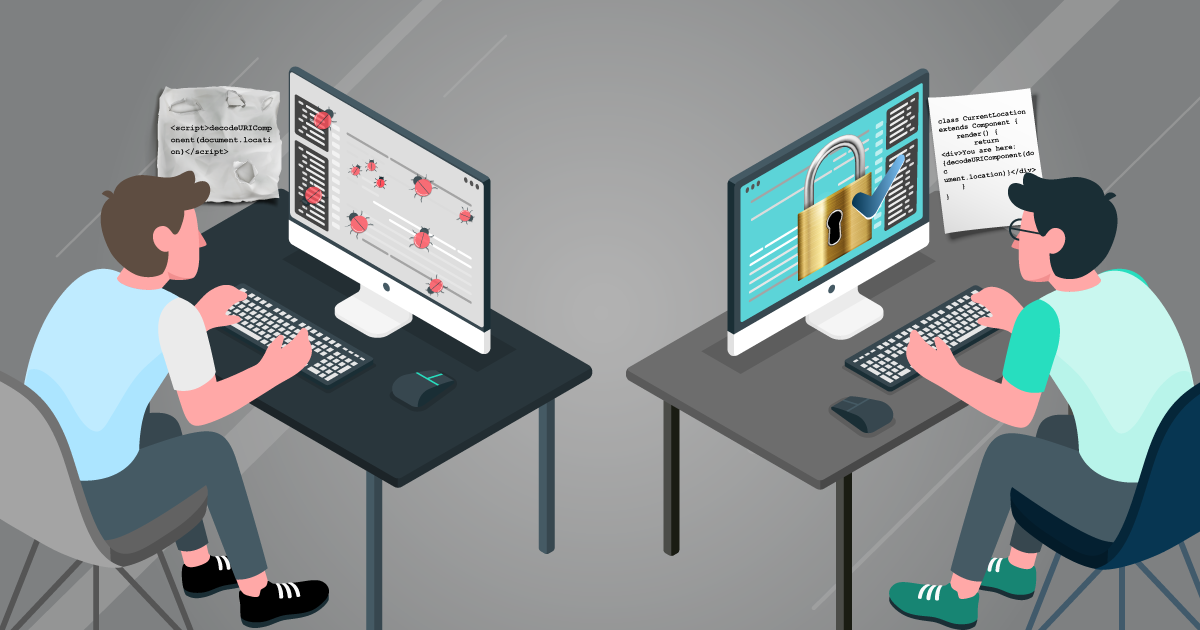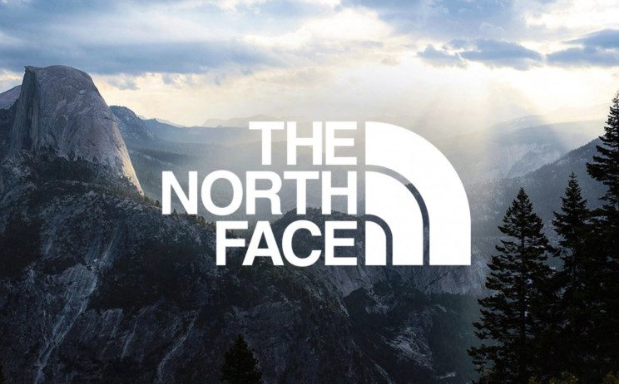
On September 7, 2022, The North Face announced that a data breach had occurred on its website. The breach exposed the personal information of over 100 million customers, including names, addresses, email addresses, and credit card numbers.
The breach was discovered on September 5, 2022, when The North Face noticed suspicious activity on its network. The company immediately launched an investigation and took steps to secure its systems.
The investigation determined that the breach was caused by a vulnerability in The North Face's website. The vulnerability was exploited by an unauthorized individual, who was able to access customer data.
The personal information that was exposed in the breach includes:
Names
Addresses
Email addresses
Credit card numbers
The North Face is offering free credit monitoring and identity theft protection to all affected customers. The company is also working with law enforcement to investigate the breach.
This is the second major data breach to occur in the outdoor apparel industry in recent months. In July 2022, Patagonia announced that a data breach had exposed the personal information of over 10 million customers.
These data breaches highlight the importance of protecting your personal information online. When you shop online, be sure to only use websites that have a secure connection. You can also protect your personal information by using strong passwords and enabling two-factor authentication.
What to Do If You Were Impacted by the North Face Data Breach
If you were impacted by the North Face data breach, there are a few things you can do to protect yourself:
Place a fraud alert on your credit report. This will alert creditors to be more cautious when someone tries to open a new account in your name. You can place a fraud alert by contacting one of the three major credit bureaus: Equifax, Experian, or TransUnion.
Monitor your credit report for any unauthorized activity. You can get a free copy of your credit report from each of the three major credit bureaus once per year at AnnualCreditReport.com.
Consider using a credit monitoring service. A credit monitoring service will alert you if there is any suspicious activity on your credit report.
Be careful about what information you share online. Only share your personal information with websites that you trust.
Use strong passwords and enable two-factor authentication. Strong passwords and two-factor authentication can help protect your online accounts from unauthorized access.
Conclusion
The North Face data breach is a reminder of the importance of protecting your personal information online. By taking the steps outlined above, you can help protect yourself from identity theft and other forms of fraud.
